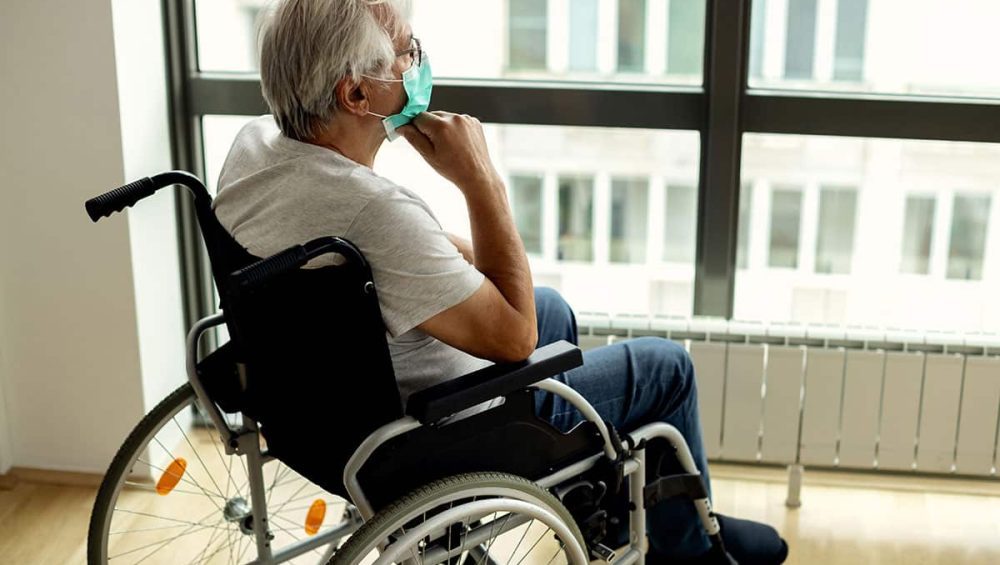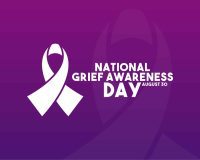
Many long-term care facilities and hospice facilities are being closed to the public under states’ Executive Orders in an effort to curtail the spread of the coronavirus bug. The massive city- and state-wide shutdowns can create stressful situations for the general public but when families can’t see their loved ones in facilities or health care centers, the current health crisis can also create extra feelings of loneliness and isolation for the hospice patients.
The Centers for Medicare and Medicaid Services (CMS) has set a memorandum addressing the COVID-19 outbreak and minimizing transmission to other individuals in hospice agencies.
Based upon CDC data, older adults, those with underlying chronic or life-limiting medical conditions such as hospice patients are presumed to be at greater risk of poor outcomes when infected with the novel coronavirus. Because of this, some facilities are restricting all visitations except for certain compassionate care and end-of-life visitations. In those limited cases, visitors are being screened per the government guidelines, and if the criteria are met, visitors are asked to perform hand hygiene and wear face masks.
The CDC has specifically stated that “It is particularly important to protect individuals at increased risk for adverse outcomes from COVID-19 (e.g. older individuals with [other health concerns]).” This, of course, includes the hospice patient population. Many hospice volunteer visitations have been suspended in accordance with these guidelines, for the health and safety of volunteers but also for the health and safety of patients and staff.
Hospice patients with known or suspected COVID-19 infection and/or their families should carefully discuss care options with the hospice team to ensure the goals and wishes of the hospice patient are respected and consistent with patient rights requirements. Patients can be managed at home if the patient is stable, the environmental exposure to COVID-19 to others in the household can be minimized, and if there are appropriate infection control precautions made.
Patients whose symptoms are exacerbated by COVID-19 and cannot be adequately managed in the home setting should be transferred to a hospice inpatient unit. The CDC recommends that healthcare providers and by extension, families of hospice patients, “Explore alternatives to face-to-face visits” when possible. This can mean phone calls and writing cards to patients and families.
For those hospice patients at home, there are a number of infection prevention and control practices that should be followed. The CDC advises the patient to stay home except to get medical care, separate themselves from other people and animals in the home as much as possible (in a separate room with the door closed), call ahead before visiting doctors, and wear a face mask in the presence of others when out of the patient’s room.
For hospice patients with known or suspected COVID-19 who remain in their homes, CMS regulations require that hospice agencies provide the types of necessary supplies and equipment required by the individualized plan of care. For a patient with the virus, this would include supplies for respiratory hygiene and cough, including hand sanitizer. However, given supply shortages, hospice agencies may run out of supplies and not be able to provide certain items such as gowns, N95 respirators, surgical masks, and alcohol-based hand rubs.
With these restrictions in place, if your loved one is a hospice patient in an inpatient unit, you may feel helpless and it can leave patients feeling prone to isolation. Until restrictions are lifted, even a small token of communication such as sending cards, photos, or inspirational images can mean a lot to both you and the patient and help make you feel connected.




